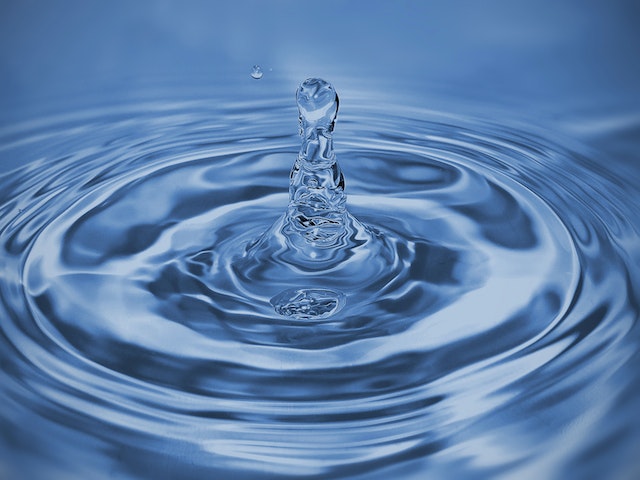
Image from Pexels
Water damage can be a property owner’s worst nightmare, causing costly repairs and long-term issues. This article will discuss water damage, its causes, and effects, how to spot it, and five tips to help you avoid it. The consequences of water damage can range from minor inconveniences to severe structural damage.
By understanding what water damage is, its causes and effects, and how to spot the signs, you can take the necessary steps to avoid it.
What is Water Damage
Definition
Water damage refers to the destructive impact of excess moisture or water on various materials and structures. It can be a slow, gradual process or occur suddenly due to a burst pipe or natural disaster. It can lead to a variety of issues, minor such as slight mold growth but also very major issues like explicit structural damage to your property.
Causes of Water Damage
There are numerous causes of water damage, including:
- Leaked pipes
- Plumbing system issues
- Malfunctioning appliances, such as washing machines or dishwashers.
- Roof damage, such as leaks or missing shingles.
- Natural disasters, such as floods or heavy storms
- Sewage backups
- Groundwater seepage
Effects of Water Damage
Water damage can have various effects on a property, including:
- Structural damage to walls, floors, and ceilings
- Mold and mildew growth can lead to health issues.
- Electrical hazards, such as water, can cause short circuits and increase the risk of fires.
- Damage to personal belongings, furniture, and appliances
- Decreased property value.
Signs of Water Damage
What are Some Visible Signs of Damage?
Some visible signs of water damage include:
- Discoloration or stains
- Peeling or bubbling paint or wallpaper
- Warped or buckled flooring
- Mold growth
- Swollen or soft drywall
What are Some Unseen Signs of Damage?
Water damage can also occur in hidden areas, making detecting it difficult. Signs of hidden water damage include:
- Musty smells can indicate mold growth behind walls or in other hidden areas.
- Increased humidity levels in the room
- Unexplained water bills, which could be a sign of a hidden leak.
- Cold spots on walls or floors indicate a potential moisture problem.
Importance of Early Detection
Early water damage detection is crucial to minimize damage and prevent further issues. The longer the issues stay present, the worse will be the consequences and the longer it will take for proper repair. It will be far more expensive too.
Additionally, mold growth can pose serious health risks, making early detection and remediation vital for the well-being of those living or working in the affected area.
5 Tips for Avoiding Water Damage
Regular Inspection and Maintenance
Regularly inspect and maintain your property to catch and address potential issues before they escalate. It includes checking your roof, gutters, and downspouts for damage or debris, inspecting plumbing systems and appliances for leaks, and maintaining your HVAC system.
Proper Plumbing and Appliance Installation
Poor plumbing can be a major cause of long-term and noticeable water damage so ensure that your plumbing installation is efficient. It includes checking for and addressing leaks, ensuring proper connections and seals, and following the manufacturer’s guidelines for use and maintenance.
Proper Landscaping and Drainage
An efficient drainage system can lead all the built-up water away from your property. Keep any nearby drainage systems or gutters unclogged and clean to ensure easy flow of water. You might even want to build property on a slope for efficient water passing.
Proper Water Usage and Handling
Be mindful of your water usage and avoid practices that could lead to water damage. That includes:
- Refrain from overloading washing machines or dishwashers.
- Promptly addressing spills and leaks.
- Ensuring that windows and doors are properly sealed to prevent water intrusion.
Emergency Response Plan
Having an emergency response plan can help minimize the impact of water damage. That includes knowing the location of your main water shut-off valve, having a list of emergency contacts (such as a plumber and water damage restoration company), and ensuring you have adequate insurance coverage.
Be in contact with your city’s response plan since most regions do have one at play. If you live in Denver, you might want to have a water damage restoration company in Denver on speed dial.
Conclusion
By understanding water damage, its causes, and effects, and how to spot the signs, you can take the necessary steps to avoid it. Regular inspection and maintenance, proper plumbing and appliance installation, and mindful water usage can help you prevent costly and damaging water damage.


